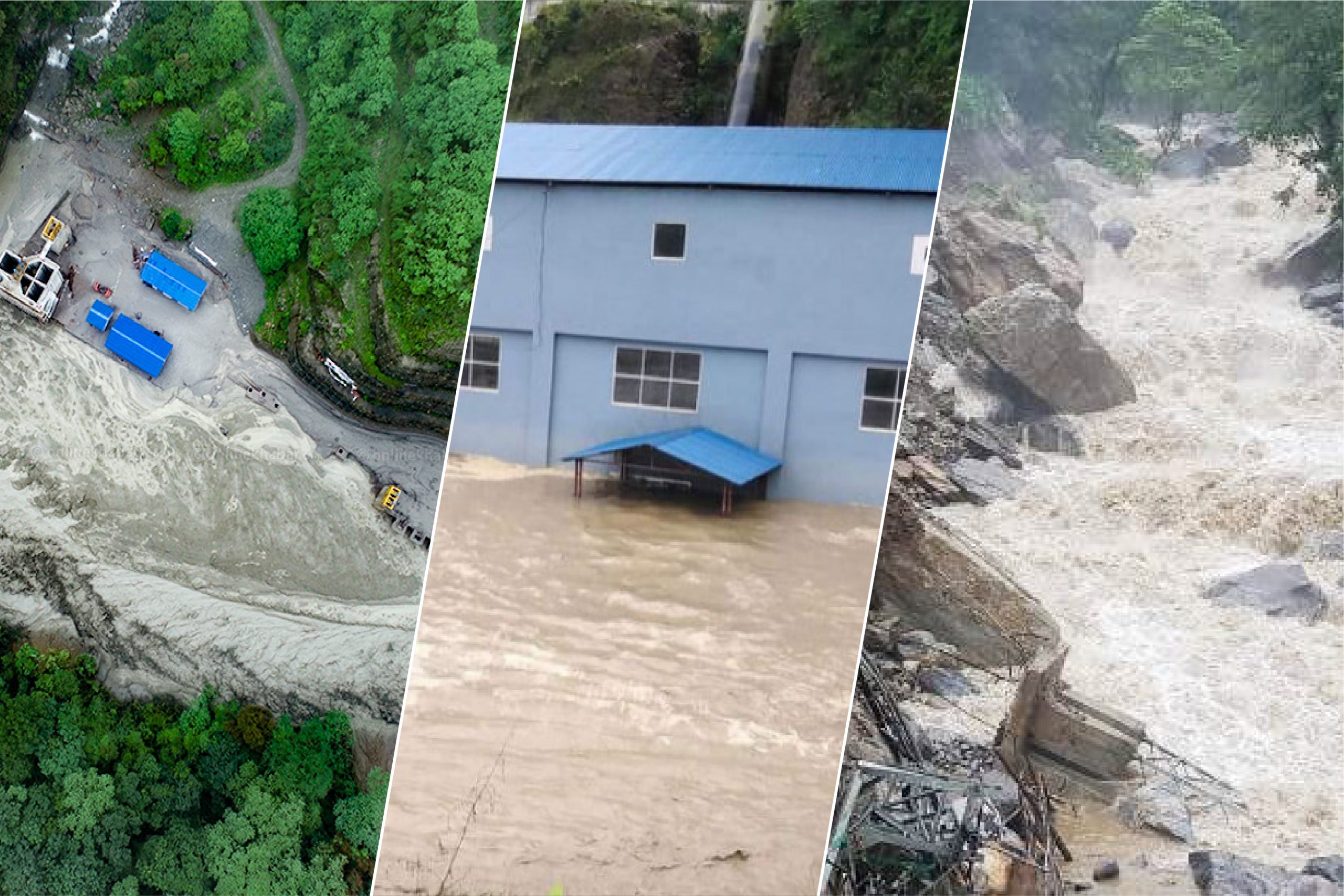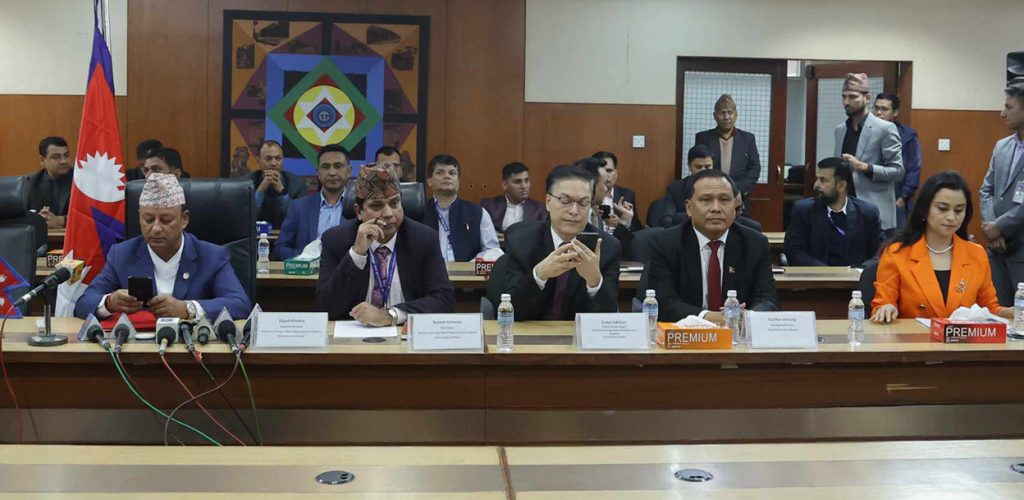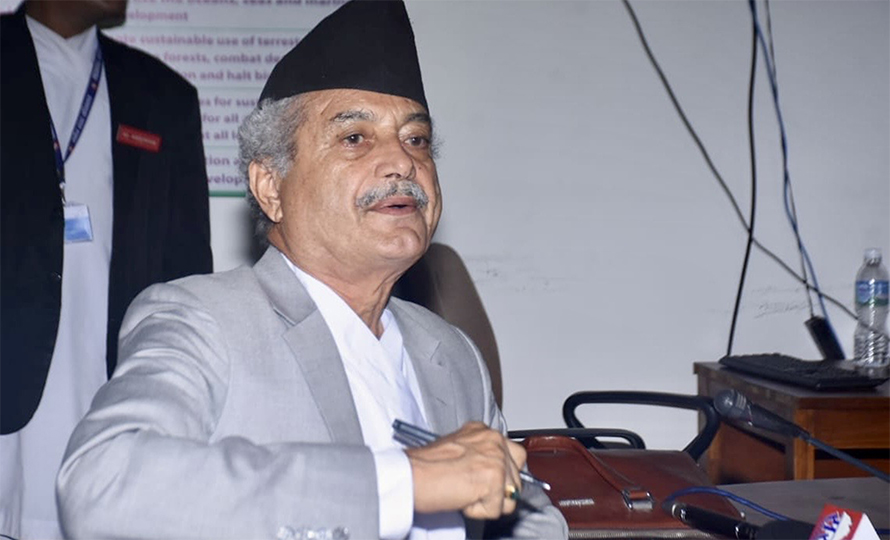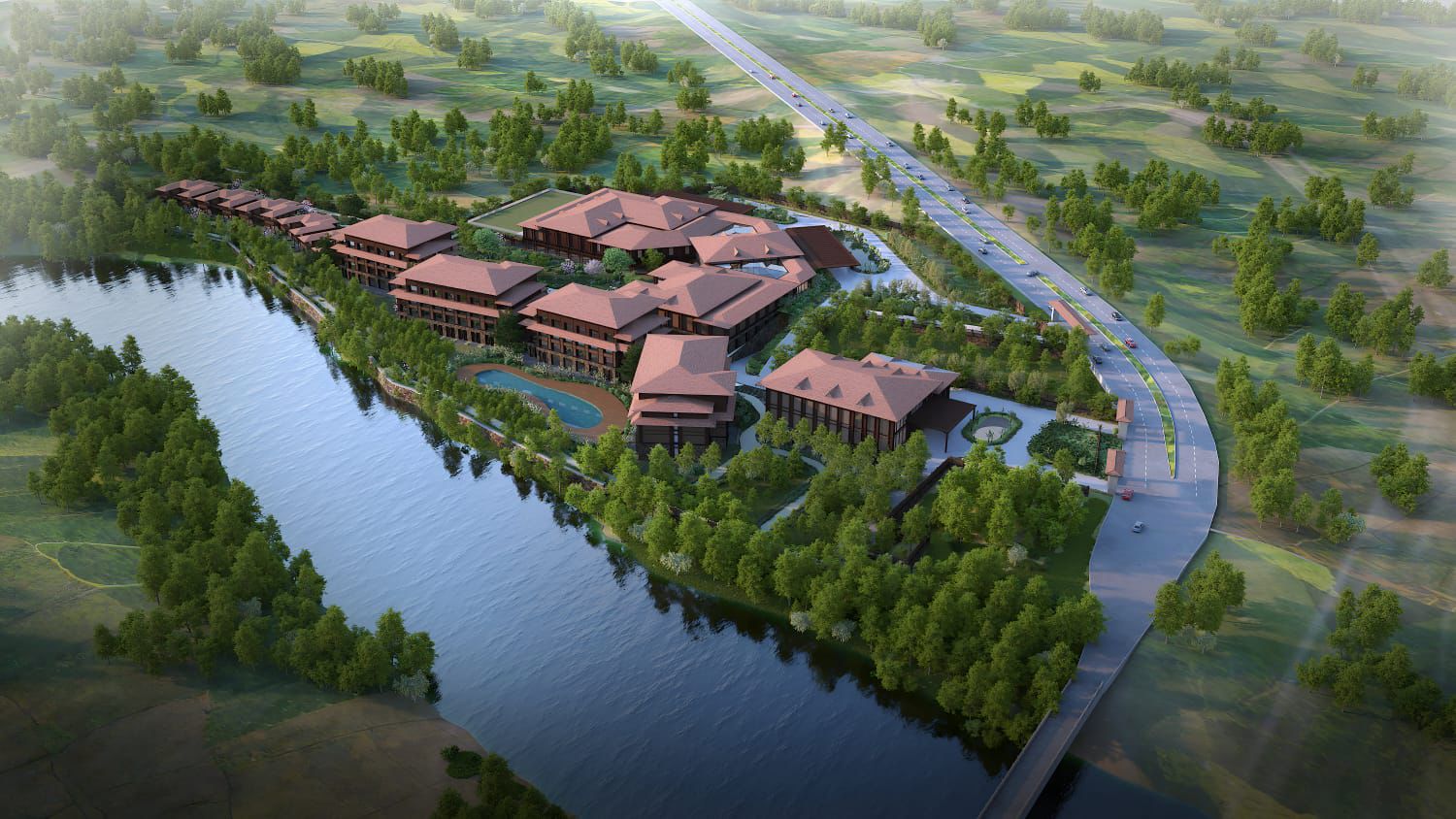On June 15, a flood inundated the under-construction dam and water treatment plant of the Melamchi Water Supply Project. The details of damage in the headwork area are yet to be estimated.
The 31-billion-rupee Melamchi project took more than two decades to start distributing water in Kathmandu. But, the flood has now pushed back this project’s development. According to the project chief Ram Kumar Shrestha, no one had imagined there would be a flood of this scale. “It’s an unimaginable disaster,” he says.
Experts say the damage inflicted should be taken as a lesson for other similar development projects based on riverbanks.
Weak forecasts to blame
Civil engineering expert Dr Narendra Man Shakya says the Melamchi incident has shown there is a need for a comprehensive overhaul of development projects. He says massive changes in the current system and working mechanisms for the study, forecasting, design and construction of large projects are also necessary. He claims it was not only the heavy rains that caused recent floods.
It is estimated that the Melamchi flood became catastrophic after the water trapped in the upper district due to a landslide got released and mixed with mud and rocks. “While designing the Melamchi project, the practice of considering the threat of landslides, floods and how likely they are had not even started. They only considered the normal flood situation.”
Shakya says a study on landslides that can block rivers are necessary. Recently, people have started considering overhauls in the construction of big projects, but the analysis still has not been done in-depth.
After the 2015 earthquake, various projects started earthquake risk assessment. But, the potential of flood risks in projects near riverbanks has been ignored. “ICIMOD had conducted a study on the risk of glaciers erupting in Nepal. But, study on landslides in rivers and their impact on nearby areas is essential. If not done, such incidents will increase in the future, resulting in huge loss of life and property.”
Experts believe that the study should consider the geological changes in the hilly region brought by the 2015 earthquake. Such studies can reduce the risk of damage to downstream settlements, land and projects. “From now on, while building projects near a river system, we need to study when glaciers can erupt, the possibility of a cloudburst, landslides and what part of rivers they can block. We can save billions of rupees in design and construction.”
No focus on quality or safety
The Melamchi project was designed many years ago, and now it has been shut down. But, if the project sees the same fate in future, terming it a ‘disaster’ will not be enough for an excuse, he says. “Big-budget projects should assess the risk of floods for hundreds of years. They should not be destroyed due to floods in the future now. The overhauling should now be based on scientific facts and reality, which strengthens disaster risk management preparedness.”
A former secretary at the Ministry of Physical Infrastructure says the Melamchi incident has proven that Nepal’s preparations for the project, from project design to construction, were weak.
Foreign consulting firms can work with large projects but do not have the experience of working in a geographical situation like that of Nepal. Many companies have tried working only with Nepali workforce that lacked expertise and research. Not wanting to disclose his name, the former secretary says, “Nepali companies are moving ahead with even bigger projects, yet the tendency to ignore the risk management gap is increasing.”
He feels that a sufficient flow area was not allocated near the riverbank while constructing the headwork of the Melamchi project as the constructors were more focused on finishing work rather than the safety of the project. “The trend of thinking about quality and safety only after the work is done seems to have caused problems.”
Last week’s flood in Baudikhola of Nawalparasi East swept away an under-construction bridge in Baudikali. Another under-construction bridge on the Jhimruk river in Pyuthan’s Amravati village was also washed away. More than a dozen bridges under construction have collapsed since mid-April.
The Mid-Bhotekoshi Hydropower Project (102 MW), a subsidiary of Chilime Hydropower, is also prone to floods and landslides every year. The dams, powerhouses, switchyards, tunnels and transmission line towers of the project were recently damaged. The floods caused severe damage to the Namarjung Madi Hydropower Project (12 MW) in Kaski, the Upper Madi Hydropower Project (25 MW) and the Sickles Hydropower Project (13 MW). The Namarjung Madi dam and powerhouse have deteriorated beyond repair.
But, last week’s incidents are enough to reflect the shortcomings. “Bridges by private companies are lacking in both design and structure and are not resistant to floods. And lately, the Nepal Electricity Authority projects have also been failing.”
Meanwhile, the Super Madi Hydropower Project is estimated to have suffered a loss of Rs 1.20 billion to recent floods. The project claimed that the structure was built to stop the flow of water at 1,500 cubic metres per second, which did not last with a higher level of flow. The floods destroyed the dam and tunnel when 85 per cent of the 54 MW Super Dordi Hydropower Project ‘B’ was completed. The dam and powerhouse of Dordi Khola Hydropower (27 MW), which was almost completed, has also been severely damaged. The Upper Dordi ‘A’ (25 MW), which started trial production, has also been pushed back by the floods.
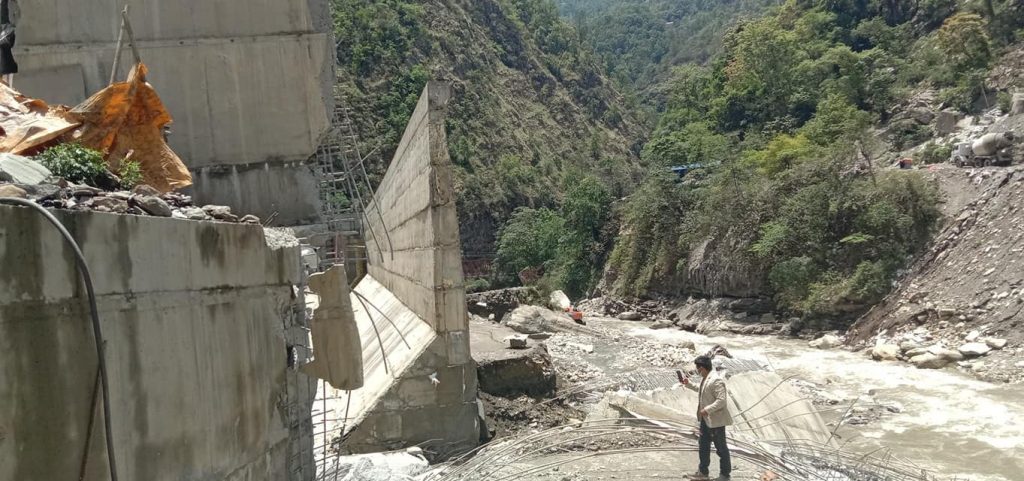
Consequences of cost-cutting tricks
A former managing director of the Nepal Electricity Authority sees a tendency to build faster with less investment, ignoring quality and future risks, as an underlying factor of such consequences. If the Electricity Development Department can control such negligence through strong monitoring, the problem will be solved to a considerable extent, according to him.
He says the government’s arrangement to take ownership of the hydropower project 35 years after the licensing is also a cause.
He says hydropower projects are facing problems due to not paying attention to having experts consultants, skilled engineers and managers. Different consultants’ involvement in different segments of construction works and the need to submit reports have also added to the complexity of the system. Those who get study permits for the projects say they prepare a report so that the project gets completed at a minimal cost so that they can sell licences easily.
Another company that purchases the licences then reviews the design as per the power purchase agreement (PPA). Going into the construction phase, there is more gameplay to make the project economically cheaper and feasible.
“The geography of the project site, the flow of the river, the potential risks and other aspects are obscured,” shares the former director.
However, in Nepal, there is not enough data about the geology and flow of rivers, which has made forecasts more of a guessing game. On top of that, the quality control aspect is weak in construction.
“In a bid to reduce costs, the projects are turning into a house of cards. As long as there is a tendency to build infrastructure without leaving the space for high flood-affected areas, we will continue to suffer the same consequences as Mechamchi,” he concludes.



